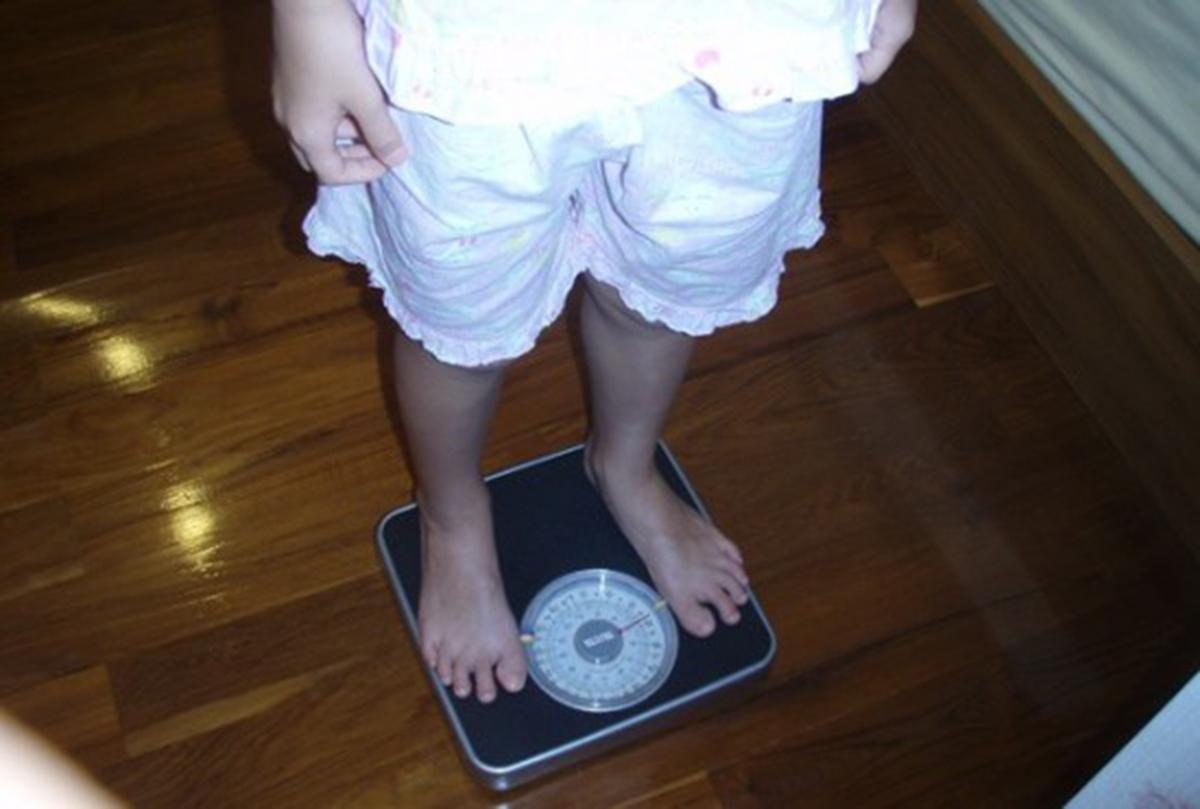Table of Contents
Obesity and overweight are now considered growing problems among children and adolescents. Many people are also becoming more concerned about increasing health problems among this young group of people. What is more worrisome is that these health issues become chronic problems that children bring into their adulthood such as diabetes, heart problems, and cancer.

These have raised questions on whether the parallel increase in the incidences of weight problems and chronic disease among young people are related or not.
They found that among more than a million male Israelis who were evaluated to join the army, those who were overweight as teenagers were more likely to have the disease after about two decades of follow-up. The adolescents were about 17 years of age during the recruitment period and approximately 12% of them had increased BMIs. Other risk factors that the researchers evaluated included socioeconomic status, educational attainment, and environmental living conditions. However, they did not evaluate other factors such as diet, alcohol consumption, or tobacco use.
How Does Overweight or Obesity Cause Gastroesophageal Cancer?
Scientists who believe they have found a causal relationship between obesity and gastroesophageal and esophageal cancer explain that although the mechanism is yet unclear, gastroesophageal reflux may be a linking factor. Studies show that excessive intra-abdominal fat can cause an increase in intra-abdominal pressure, which can promote backward flow of gastric acids from the stomach to the esophagus (gastroesophageal reflux). This in turn may predispose one to develop a condition called Barrett's esophagus, a forerunner of adenocarcinoma of the esophagus.
Treatment and Outlook
Not everyone who is overweight will develop gastroesophageal reflux disease (GERD) and not everyone who has GERD develops Barrett's esophagus or esophageal cancer. The early stages of esophageal cancer are usually undetected because symptoms do not usually become apparent until the later stages. Late diagnosis and treatment are associated with high mortality rates.
The diagnosis of cancer in the esophagus can be done through biopsy taken during an endoscopic examination of the esophagus. Other tests include blood tests, imaging exams like CT scan or PET scan, and other endoscopic exams to determine whether the cancer has spread to other parts of the body.
Treatment of gastroesophageal and esophageal cancer usually consists of a combination of surgery to remove the tumor, and chemotherapy, radiation, and photodynamic therapy to prevent the spread of cancer cells.
Read More: Risks factors for oesophageal cancer
People are advised to seek medical attention if they experience symptoms of gastroesophageal reflux frequently, including heartburn, burning chest pain, and a feeling of food coming back to the mouth. Other symptoms that need medical evaluation include pain or difficulty in swallowing, hoarseness, spitting out blood when coughing, and unexplained weight loss.
Experts believe, however, that prevention is the best strategy for health. You can lower your risk for esophageal cancer by eating a healthy, balanced diet, avoiding tobacco smoking and excessive alcohol consumption, and treating GERD symptoms.
- Petrochko, C. Gastroesophageal Cancer Tied to Weight as a Teen. Medpage Today. http://www.medpagetoday.com/HematologyOncology/OtherCancers/42243
- Chow WH, Blot WJ, Vaughan TL, et al. Body Mass Index and Risk of Adenocarcinomas of the Esophagus and Gastric Cardia. JNCI J Natl Cancer Inst (1998) 90(2): 150-155
- Kubo A, Corley DA.Body mass index and adenocarcinomas of the esophagus or gastric cardia: a systematic review and meta-analysis. Cancer Epidemiol Biomarkers Prev. 2006 May
- 15(5):872-8
- Zhang ZF, Kurtz RC, Sun M, et al. Adenocarcinomas of the esophagus and gastric cardia: medical conditions, tobacco, alcohol, and socioeconomic factors. Cancer Epidemiol Biomarkers Prev. 1996 Oct
- 5(10):761-8
- Gammon MD, Schoenberg JB, Ahsan H,et al. Tobacco, alcohol, and socioeconomic status and adenocarcinomas of the esophagus and gastric cardia. J Natl Cancer Inst. 1997 Sep 3
- 89(17):1277-84.
- Photo courtesy of Robert Anthony Provost by Flickr : www.flickr.com/photos/29534978@N00/2485037454
- Photo courtesy of Twentyfour Students by Flickr : www.flickr.com/photos/53771866@N05/6197217348/
- www.medpagetoday.com
- www.ncbi.nlm.nih.gov
- jnci.oxfordjournals.org


Your thoughts on this